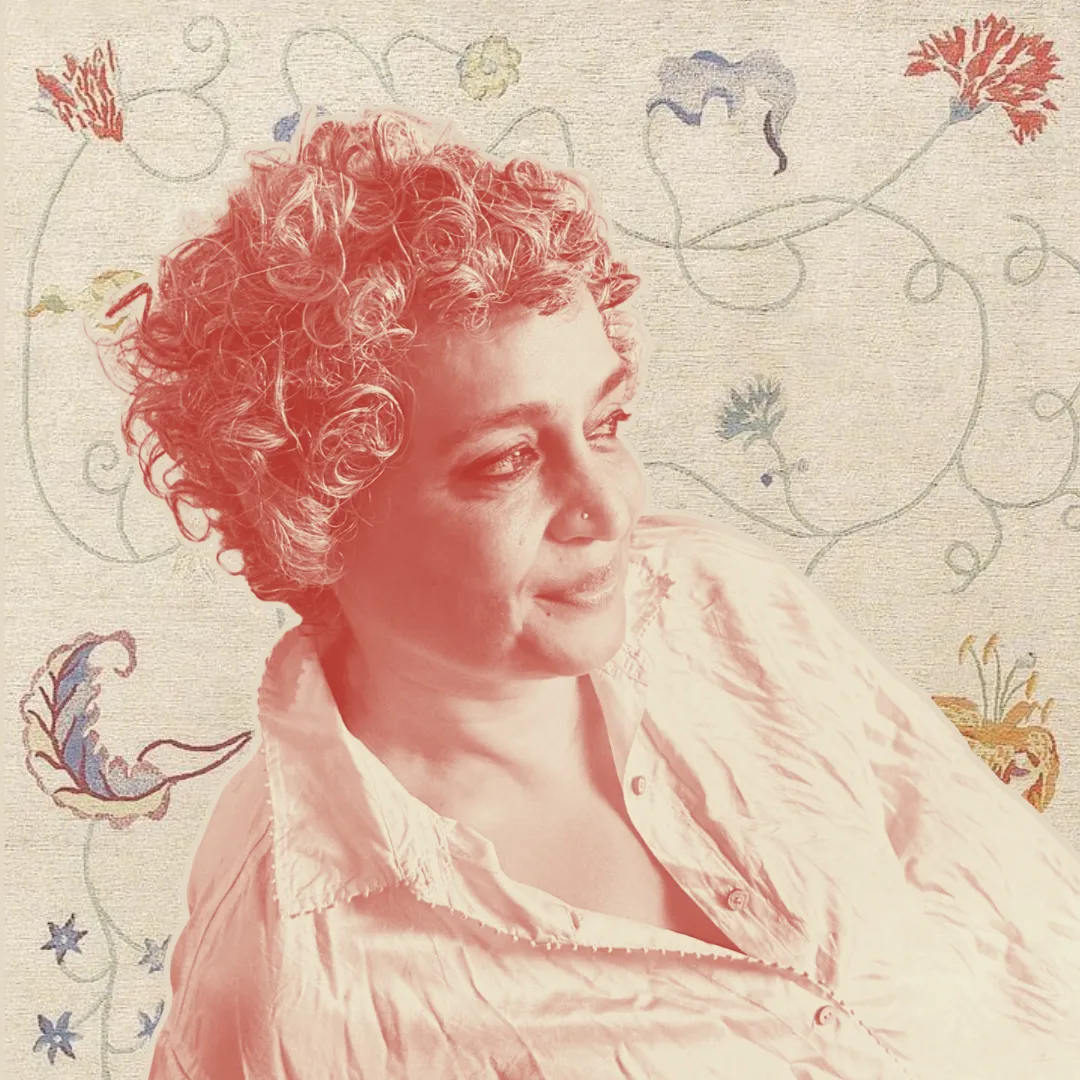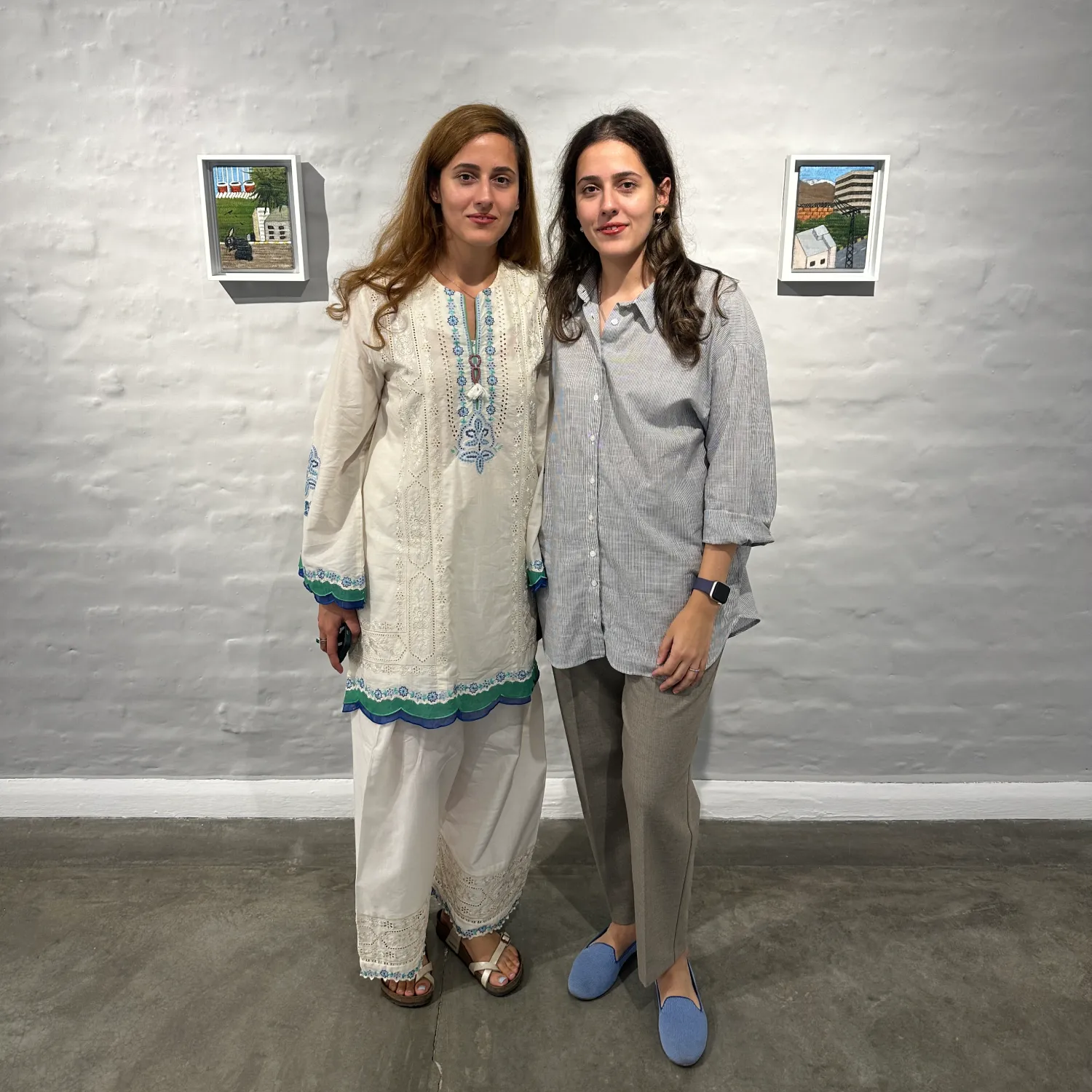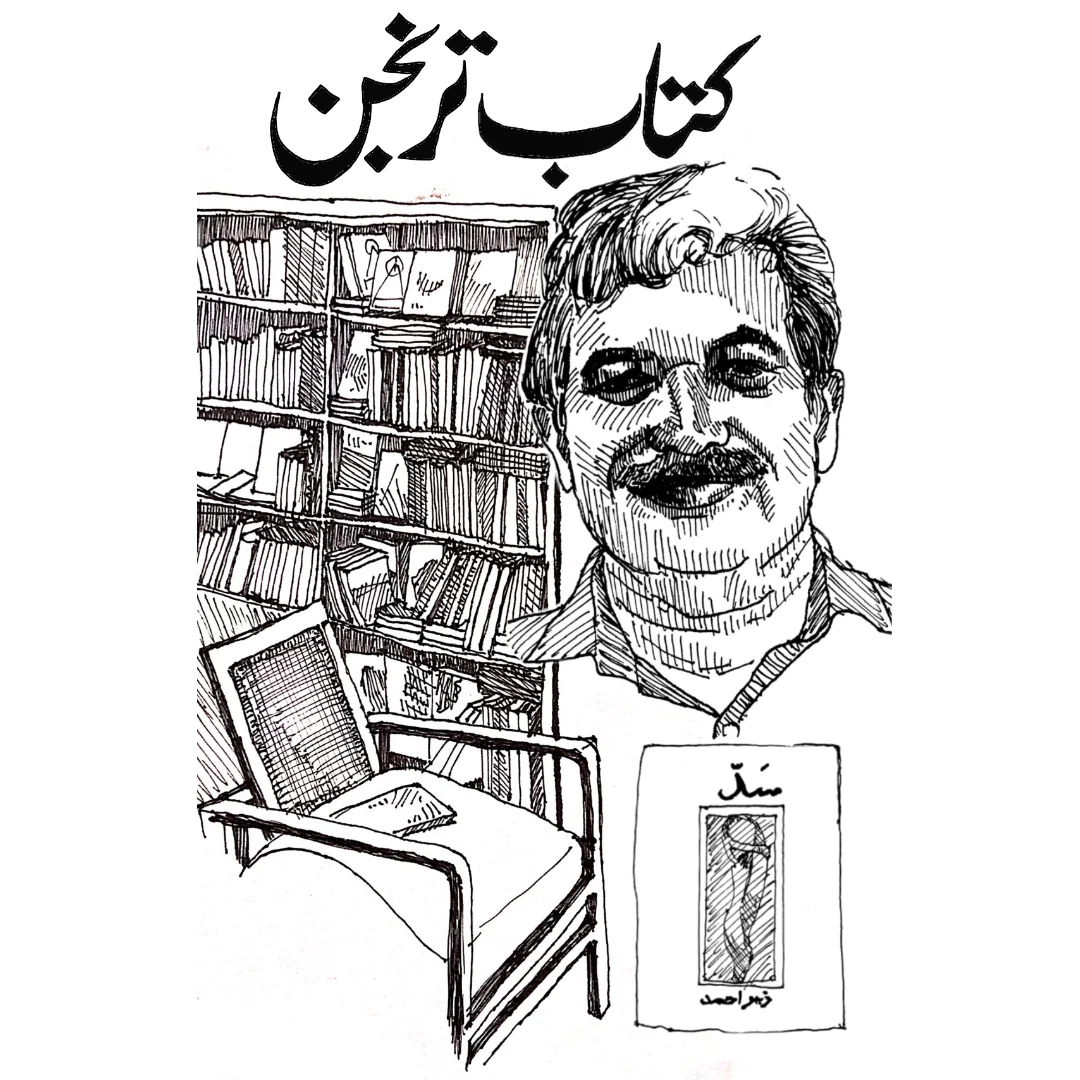Unlike filmmakers and television writers, novelists rarely inspire serious furore. Or at least they are less likely to: a novelist’s audience is much smaller, much more genteel than that of other creatives engaged in narrative arts. As honorary guests or professors, they can deliver inspiring lectures to university students; perhaps as panellists at literary festivals, they can even express controversial opinions. However, few novelists would choose to align with overtly polarising causes. Fewer still would be found outside courts, amidst dispossessed villagers, championing movements that disrupt ideas of development and dams. Novelists do not — ordinarily — pit themselves against other public figures of consequence, like chief ministers or judges. Neither do novelists — ordinarily — come up in interviews with comic actors, who, in turn, do not usually demand that a particular novelist be made a human-shield tied to the front of a military vehicle.
Yet years after the roaring success of her debut, the novelist Arundhati Roy was also embedded with Naxalite militants, making observations about their war with the Indian government. In the Anglophone world, Roy is one of the most prominent and consistent documenters of the occupation’s violences in Kashmir, assailing both the policies of Hindu revivalists and the shallow liberalisms of prior Congress governments. Roy also emerged as an early, stringent voice against the American war in Afghanistan, recognising at once the horrors of the Taliban regime and that of a ‘feminist’ liberation brought upon by carpet-bombings. As a famous writer, as India’s first Booker winner, and as perhaps Asia’s first born and raised English-language writer to achieve such international prominence, Arundhati Roy has always made the most of her reputation to rattle up the parameters of a novelist’s domain.
It is a surprise, then, to note that Roy’s memoir does not reach the pinnacles of her oeuvre. Through Mother Mary Comes To Me, one can glimpse the childhood, the youth that made Roy inhabit such radical wavelengths as a public figure. But though it may be framed as a telling of Roy’s life-story beginning with her period of consciousness to her mother’s death, for large tracts of time within this span, Roy was not in contact with her mother. Inevitably, while the mother Roy appears as a recurring motif throughout the book, Mother Mary seems to work more on the level of contextualising Roy’s current stature as emerging from a life of unexpected precarities — the mother a means to begin an exercise in literary memoir, rather than its singular concern. When it travels beyond this mother-daughter narrative, contemplating the other aspects of Roy’s life and body of work, Mother Mary bares its effect of rendering a resistant, explosive internationalist celebrity into a moderate, empathy-driven person of conscience.
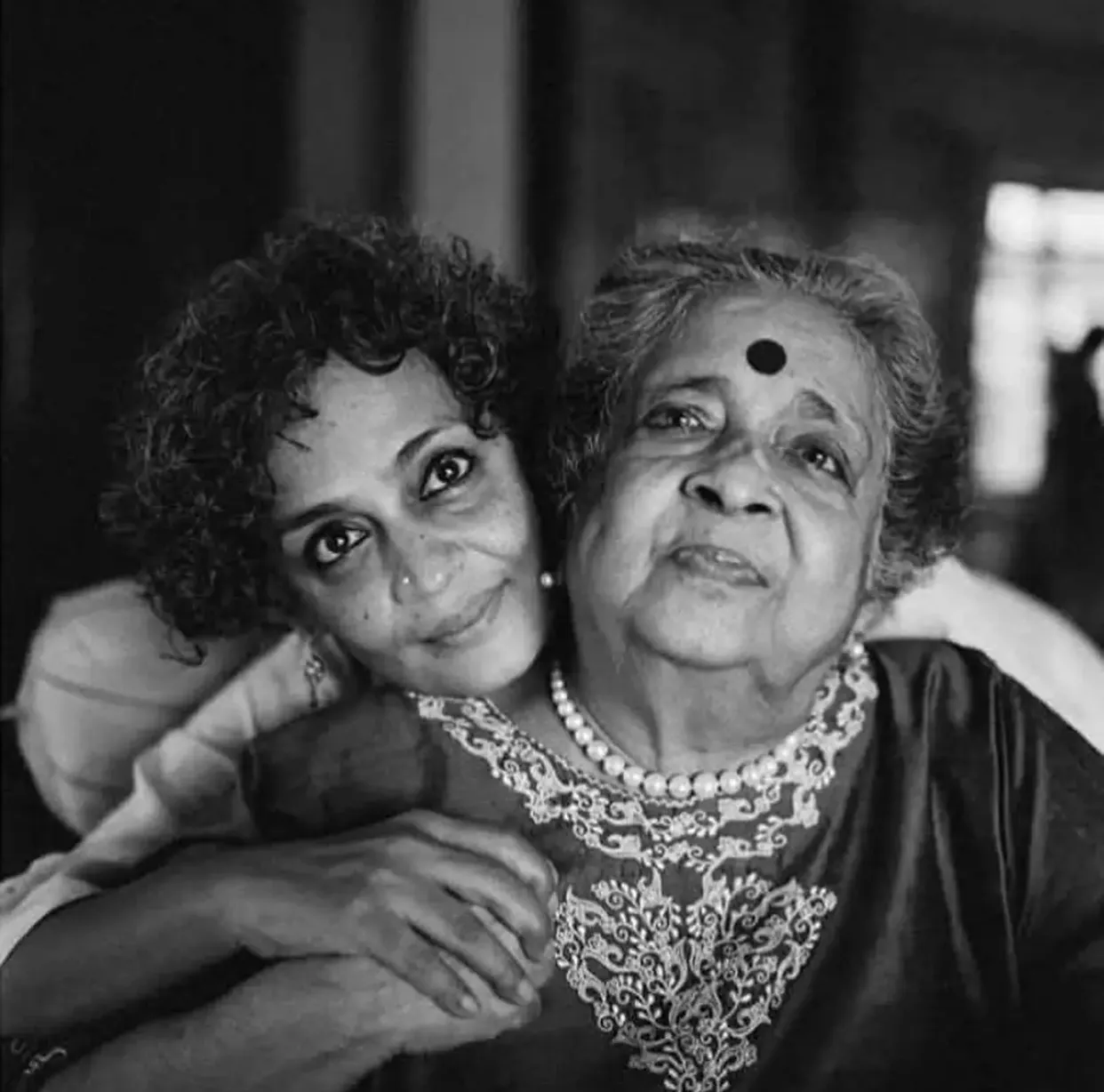
One cannot undermine how brutal a mother Mary Roy was, so often heartless, so dizzyingly temperamental in raising her son and daughter. Dragged along with her, the younger Roy was briefly a squatter; as a college student, in a period of estrangement with her mother, Roy again sinks into a poverty-proximity few would imagine possible for an English-language writer of South Asia.
When it travels beyond this mother-daughter narrative, contemplating the other aspects of Roy's life and body of work, Mother Mary bares its effect of rendering a resistant, explosive internationalist celebrity into a moderate, empathy-driven person of conscience.
In fact, though her mother was a keen speaker of missionary-school English — a Syriac Christian Indian who loved saying ‘jolly well’ — the younger Roy was otherwise quite remote from literary communities, from elite alma maters. She did not, of course, pursue creative writing degrees abroad, and what she studied in India was architecture, not literature. Interestingly, unlike many Anglophone writers of South Asia, who self-consciously lean on ‘indigenous’ traditions to affect their storytelling, at no point in the memoir is it indicated that Roy had any curiosities about the literatures associated with her parents’ identities. The father — a Bengali — is practically a ‘complete stranger’ to Roy; when she has to fill in a government form and provide her father’s name (‘because this is India, my dear’), Roy shocks a government employee by saying that this was impossible, that she was a bastard who did not know who her father was. This is not true, but it simplifies the complicated narrative of her parents’ early divorce — the employee quickly agrees to let Roy fill the form with her mother’s name instead, as ‘Shri Mary Roy’, Mr. Mary Roy.
Roy’s distance from her parents’ identities in situating her engagement with literature is cultivated, a deliberate establishment of space between her parents and herself. Inevitably, in this pursuit, Roy reminds one of the ‘secular intellectual’ of Edward Said’s conceptions, distant not only from religious feeling, but ethnic, linguistic, regional, national. It is perhaps why — even as a writer in Delhi, struggling with basic Hindi — her literary debut in Kerala is not a romantic vision of a communist, ostensibly progressive part of India. Rather, it is with a decidedly unsentimental gaze that Roy revisits this landscape in The God of Small Things, delineating multi-tiered prejudices against women, ‘Untouchables’ and children in a world which often attributes these mores to the cultures of north India. If a vicious family life led her to the searing clarities of her first novel, they further matured into powerful, humanistic articulations in Roy’s body of essays.
In the memoir’s chronological telling, once Roy accomplishes her debut, she revisits for the reader her developing interest in subjects that have formed the crux of these essays: the dams, the nuclear tests of Pakistan and India, Kashmir, American imperialism. So highly acclaimed was her first collection, The Algebra of Infinite Justice, that Roy was awarded the Sahitya Akademi in 2006. Roy refrained from accepting it, citing her differences with the government, the criminal cases registered against her. One of these cases is, in fact, a part of her early essays, its legal documents generously quoted: ‘Arundhanti Roy [sic] commanded the crow [crowd] that Supreme Court of India is the thief and all these are his touts’! This was extracted from an FIR registered against Roy in 2000, when she and other campaigners against the Sardar Sarovar Dam were protesting against a Supreme Court judgement permitting the dam’s construction and its consequent dispossession of tens of thousands. Note that this was in the period India’s liberalisation was still fresh, globalisation and mass development otherwise being presented as a panacea for the problems of India; even if there was more resistance from within English-language India sympathetic to the villagers being forced to relocate, the Booker-winner Roy was the most high-profile voice adding to its spotlight. ‘The Greater Common Good’, an essay formed out of Roy’s involvement with the anti-dam campaign, continues to be a powerful critique of development and how it is conceptualised, what data points are converted into economics and statistics and what figures are quietly erased in the name of ‘national progress’.
Most of her original essays are charged by this explosive, enraged prose. The formal experiments in diction and structure, in capitalisation and Indian Englishism — they would remind many readers of the narrator from The God of Small Things. But in the memoir, Roy retreads much of the same thematic material more mildly, as if she included these aspects of her work only because she must highlight these points of time in this book and its predetermined span. There are no new revelations, no particular homages to writers or personalities that were important to the formation of the essays. Nor are there any especially significant contemporary reflections over this work. In the absence of these elements that could justify such retrospectives, Roy dilutes the strength of her original writing.
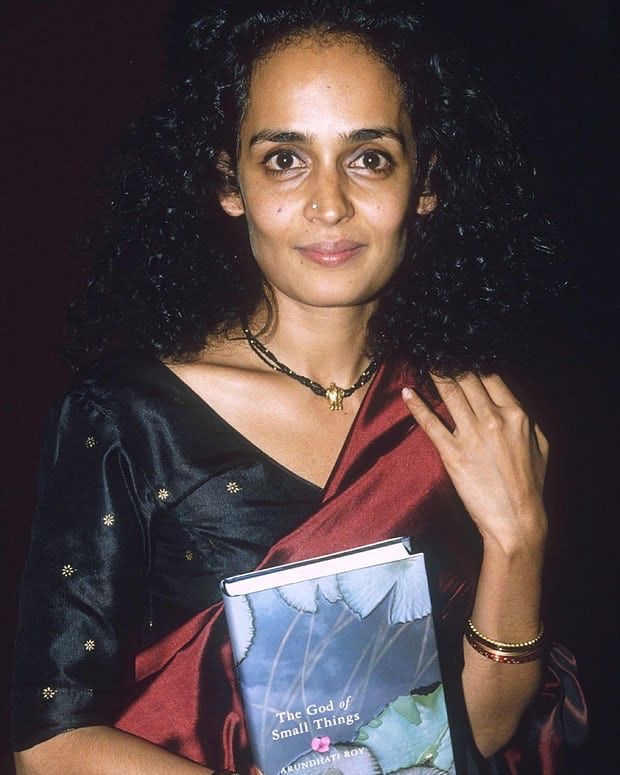
For example: the Gujarat riots of 2002 constitute the center of her essay, ‘Democracy’, in which she expresses her horror at an Indian politics that has so readily mainstreamed a militant Hindu fundamentalism. Taking into account the mass killings of Muslims in Ahmedabad, the state capital, she calls the then-chief minister of Gujarat, Narenda Modi, a ‘cold-blooded creature’. Roy did not make these courageous statements for a foreign audience: ‘Democracy’ first appeared in an English-language, Indian publication. But in the memoir, published in a present in which Modi and the politics he represents have dramatically transformed the central fabrics of the Indian state, Modi’s culpability in Gujarat is dealt in sparse summary. This is not to say Roy conceals the exclusionary turns of contemporary India in Mother Mary. But where in her interviews and book tour, she is arguing that Hindutva must be read as equivalent to Zionism, placing Modi in conversation with Benjamin Netanyahu and Donald Trump, one wishes that the memoir itself made these positions firm and apparent.
In the memoir's chronological telling, once Roy accomplishes her debut, she revisits for the reader her developing interest in subjects that have formed the crux of these essays: the dams, the nuclear tests of Pakistan and India, Kashmir, American imperialism.
Particularly given that Roy’s extraordinary publishing campaign for Mother Mary Comes To Me has also entailed a ticketed book tour in Canada and the United States, Roy’s scathing critiques of American foreign policy would have much to offer her large, liberal readership in this part of the world. Especially as this readership has the tendency to project Donald Trump as the first American monster — as an aberration in this world-region’s long-running democratic legacies — Roy’s perspectives could have challenged such convictions. She herself does not harbour such generous views of the United States: Roy has delivered a lecture in a series named for the Pakistani critic of empire, Eqbal Ahmad; Roy has elsewhere argued that the ‘free media' of the United States carefully maintains its public’s ignorance about its government’s foreign policy; Roy is the writer of the outstanding essay, ‘The Algebra of Infinite Justice’, brilliantly criticising the so-called War on Terror. ‘The millions killed in Korea,’ she writes in it, ‘Vietnam, Cambodia, the seventeen thousand killed when Israel — backed by the United States — invaded Lebanon in 1982, the tens of thousands of Iraqis killed in Operation Desert Storm, the thousands of Palestinians who have died fighting Israel’s occupation of the West Bank. And the millions who have died in Yugoslavia, Somalia, Haiti, Chile, Nicaragua, El Salvador, the Dominican Republic, Panama, at the hands of all the terrorists, dictators, and genocidists whom the American government supported, trained, bankrolled, and supplied with arms.’
There is hardly a single living novelist whose language in writing would be so forceful, so direct and fiercely accusatory. Beyond the late Gabriel Garcia Márquez, it is difficult to point out an internationally-renowned writer who would venture to a comparable political intensity. Yet in how Roy interacts with this previous body of work, she nonetheless does not do justice to what she represents in the English-language literary landscape.
One can say that the essays exist, that they speak for themselves. They do. But in such memoirs, the existing works of an author are often brought in conversation with other literatures and philosophies that moved the author, that led them to be the creator that they are. In Ngũgĩ wa Thiong'o's In The House of The Interpreter, Thiong'o spends many pages detailing the influence of Shakespeare in his years of schooling, in the remarkable reception of translating the Englishman’s plays for Black Kenyan audiences. In recounting these moments from his younger years, Thiong'o pays homage to the community of educators and Christian priests — White and Black — who cultivated within him the capacity to become the esteemed figure of African decoloniality he grew to be. Any reader of Thiong’o might also be surprised by how terrorised his teenage self had been by British soldiers and their Mau Mau witch-hunts, or by how his own family suffered under colonial policies of villagisation. It is an ambitious autobiographical work, complicating and enhancing conversations around him and all that he represents.
This is not the effect of Mother Mary Comes To Me. Of course, an enthusiast of The God of Small Things will enjoy discovering the many real-life people who inspired characters in the novel. But how did Roy gain the confidence to make the experiments with the English language she does, something that characterises all her writings — even the acclaim of her only feature-film screenplay, In Which Annie Gives It To Those Ones? Are her later politics shaped exclusively by personal experiences and innate intuitions, or are there predecessors whom she sought to emulate, brave contemporaries that she wished to bring more into the limelight? About such aspects of her writerly self and its development, Roy is quite withheld.
Where she isn’t is in crediting these developments to her mother. Mary Roy ran a school in rural Kerala, where she was also Arundhati Roy’s literature teacher. The young Roy was not a good scorer in her mother’s class, but she does highlight Mary Roy’s encouragement of ‘free-writing’ — of putting one’s mind on paper — as seminal to her later voice as a writer. Elsewhere, Roy mentions how Mary Roy gave her a political education in the seventh grade: ‘She showed me Vietnam on a map and told me about the war, about the bombing, about Agent Orange and how it burned away miles of trees and plants and poisoned the Earth…She also taught me Shakespeare, Kipling and A.A. Milne. She read me parts of The Rise and Fall of The Third Reich. And the opening passage of Lolita’.
This is undoubtedly a remarkable approach to nurturing a young mind. But it does feel unconvincing that Roy’s later literary developments can be traced to these moments in childhood. After all, as an educator, Mary Roy was engaging with many students through similar pedagogies of free writing and Western canons, yet she produced one Arundhati Roy. In this vein, the memoir’s choices make it function like popular biographies, gearing it to tell the story of extraordinary personality, rather than illuminating the wider world of intellectual engagement that has ultimately made Roy tower above so many of her contemporaries.
An enthusiast of The God of Small Things will enjoy discovering the many real-life people who inspired characters in the novel. But how did Roy gain the confidence to make the experiments with the English language she does, something that characterises all her writings?
That is not to say there are no homages at all in Mother Mary Comes To Me. Roy commends Channel 4, her husband, her publisher, the campaigners against the Narmada Dam project. Roy even mentions a fleeting encounter with the critic, John Berger, whom she credits with the completion of her second novel. But this still reads like a limited tracing of influence and mentorship. One never really learns why Kashmir or Palestine have moved Roy in a sense unlike other Indian writers. No other Indian English-language writer has thought too much about the use of Faiz — a Pakistani, Urdu-language socialist poet — or his utilisation by resistance movements in India that are neither Muslim nor Urdu-speaking. But in her reportage on the Naxalites, Roy did. For the world of her second novel, The Ministry of Utmost Happiness, she leans quite a bit on Urdu poetics; does this have to do with a particular immersion into that literary world, particular interlocutors who helped her access it? The reader will not learn.
Rather than expending her energy on thinking through these aspects of what has made her so special, Roy chooses to impart odd advice about being generous with money, about being wise about one’s charity. Such are the prefatory justifications of a trust she dedicates some of her loyalties to: ‘I was sickened by the idea of being seen as a saintly benefactress. Nor did I want to be that virtuous, invisible, self-sacrificing woman. It was a maddening but interesting conundrum’.
This reads as quite sincere, albeit unsought; as an admirer of Roy, I did not need to learn what she does with her loyalties. I would have believed that whatever she did was moral and correct. Now, however, one feels disappointed that Roy would omit any mention of Palestine at all in this text — that in a work published in this political moment, she would expunge herself of such risks.
This is particularly noticeable; Roy’s work on Palestine has not consisted of tokenistic nods or a signing of solidarity statements. From an early point in her public fame, she has aligned with more radical positions around Palestine than her European or North American contemporaries, arguing that the very creation of Israel is mired in logics of apartheid, traceable to ‘imperial’ Britain and its ‘festering, blood-drenched gifts to the modern world’. She equates Palestine and Kashmir, understanding their suicide-bombers to be an inevitable byproduct of brutal and dehumanising occupations. This is also a huge aspect of her public reputation — so much so that it is why comic actor, Paresh Rawal, insisted that Roy should be tied to an army jeep, even after he found out that a tweet attributed to her (critcising the Indian army) was not a real tweet she had made. Given that there have been arrests in Uttar Pradesh in relation to pro-Palestine protests, Roy’s affirmation of her Palestine politics could have made for an important affront, a strong rejection of new repressions being imposed where there were once none. But that it is so completely redacted from the text feels like a deliberate, safe publishing choice.
As an admirer of Roy, I did not need to learn what she does with her loyalties. I would have believed that whatever she did was moral and correct.
More contrived is the saturation of call-backs and foreshadowings throughout Mother Mary Comes To Me. These are storytelling elements that structure so well the wonder of The God of Small Things. But for the memoir, these feel awkward, in the same vein as a therapist's clients attempting to make their traumas entertaining for their listener. At times, they also feel unnecessary, as if Roy did not trust her reader enough to remember instances written about just pages prior. They are mechanics that weigh down the already devastating with the unseemly qualities of popular cinema, and, especially set against Roy’s omissions, make the memoir curiously affected in its confessional register.
Roy is, however, heartfelt and moving around the memories of her mother. In spite of the cruelties she exacts on her children, the reader — much like Roy — develops a begrudging respect for this figure. By the end, one even feels the death of a great pioneer through life. Like many readers of Mother Mary, I can piece together how she may have inadvertently (or in a convolutedly intentional way) led her daughter to become the indomitable figure she is. And there is no denying that in pouring all these memories into Mother Mary Comes To Me, Roy builds an unprecedented intimacy with her readership.
But it is because this is such a powerful overture that it feels all the more threatening, all the more capable of rendering Roy a much more apolitical figure than she has ever been. There are choices she makes that feel like appeasements, noticeable erasures one would not have expected from her personality. These choices may have made the work palatable for a large audience, eager to learn the story of how a mother-daughter narrative shapes the person Roy is today. Given the amount of interviews and podcasts Roy has given, the extent of reviews in international publications, as well as by bibliophile Instagram influencers who preface their reels by stating they completely disagree with Roy’s political views, Roy’s memoir is a sensation. Her last compilation of essays, My Seditious Heart, did not enjoy this wide reach. In spite of the underwhelming curation of herself in Mother Mary Comes To Me, Roy is not about to become the darling to any establishment: she is as electric and charged as ever in all her interviews and tour talks. It’s just that one wishes that the memoir of Arundhati Roy aspired to something greater.

